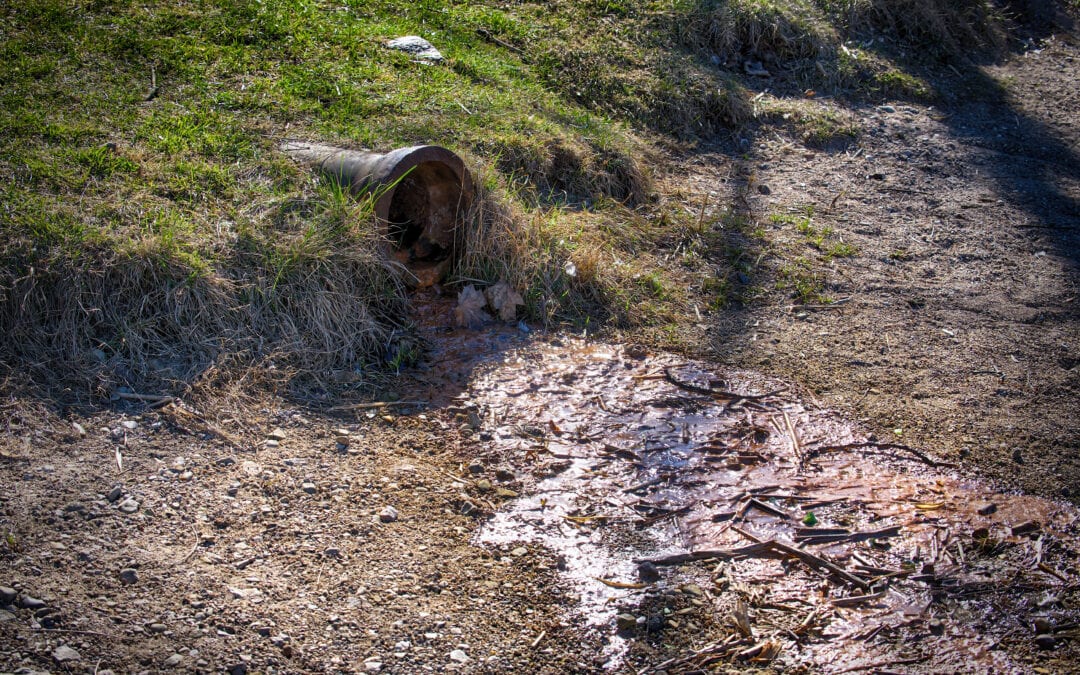If you own land in Louisiana, you may be sitting on hidden threats from historic oil and gas operations. Property contamination can taint your soil and groundwater, putting your family’s health and your property value at risk. It’s critical for landowners to know the practical steps to protecting their land and peace of mind.
Understanding Property Contamination
Property contamination happens when harmful chemicals or wastes get into your soil, water, or air. In soil, you often find heavy metals like lead or arsenic, plus oily residues left from leaks. Water can carry dissolved chemicals, saltwater brine, or gas‐field byproducts into wells and streams. Airborne pollutants include volatile organic compounds (VOCs) and dust laced with toxic particles. Once these contaminants seep into the ground, they can spread under homes, livestock areas, or drinking wells.
Common Sources of Property Contamination
These pollutants can come from a wide array of sources, including leaking unlined pits, storage tanks, old industrial sites, or waste dumps. Historic oil and gas operations, however, pose a special threat to landowners across Louisiana.
Decades of oil and gas drilling left behind unlined pits, poorly sealed wells, and old pipelines. When companies dumped drilling waste into open pits, rain washed toxins into the ground and nearby waterways. Rusted or damaged well casings allow oil, gas, or brine to escape underground. Leaking pipelines can spill large volumes of crude or saltwater without notice.
Health & Financial Impacts on Landowners
Contaminated soil and water can stunt plant growth, harm animals, and lead to extremely costly cleanup bills. Owning contaminated property can pose real risks to your health and your wallet. Exposure to toxic chemicals can cause skin rashes, headaches, respiratory issues, and even long-term illnesses like cancer or kidney damage. You could face medical bills for years if contamination goes untreated. On the financial side, banks may refuse to finance a home or business on a polluted site, and prospective buyers could walk away or demand deep discounts. Cleanup costs alone can run into the tens or hundreds of thousands of dollars.
Early Steps to Protect Your Property
By knowing what property contamination looks like, landowners can take the first step toward protecting their land and family. Start by reaching out to a Legacy litigation attorney. Your attorney will assess your property and look for warning signs or evidence of contamination, specifically, unlined pits, patches of stained soil, rusted tanks, and areas where plants refuse to grow. They will take photos and mark locations on a simple sketch or map. This basic survey helps to pinpoint hotspots and provide clear evidence to share with experts.
Hire an Environmental Consultant for Testing
Once your Legacy attorney has flagged some potentially contaminated areas, they will bring in qualified experts to assist. They can help collect soil, water, and air samples for testing, and they can provide a detailed lab report explaining the extent of the contamination.
Collect & Review Any Existing Site Records
Finally, your attorney can gather historic documents of the property’s past use, which can be helpful in determining the source of contamination. Your attorney can also look for old maps, drilling permits, storage‐pit logs, and environmental reports with parish clerk’s office or the state’s oil and gas board.
Working with an Attorney for a Property Contamination Case
If you suspect property contamination you should contact a Legacy attorney immediately because the law strictly limits the amount of time you have to take action. Early consultation helps you preserve evidence, meet tight deadlines, and avoid costly mistakes. An attorney will also advise you on immediate steps, including site access notices or temporary wells, while planning your legal strategy.
Legacy Litigation for Property Contamination
In cases where the property contamination was a direct result of historic oil and gas operations, Legacy litigation offers a path for landowners to recover cleanup costs, property value losses, and other damages. This area of law covers legal claims for old, unresolved pollution from past industrial or oil and gas operations. These cases target companies that dumped waste, left unsealed wells, or abandoned pipelines decades ago. Even if the pollution happened before modern rules, Legacy litigation can help ensure polluters are held accountable today.
Seeking a Legacy Litigation Attorney
After your Legacy attorney walks your land for warning signs, hires an environmental expert, and digs up historic site records, they lay the groundwork for a strong claim. Talking with a Legacy litigation attorney early helps to preserve vital proof, meet filing dates, and avoid costly missteps. An attorney can guide you through state and federal rules, handle complex paperwork, and shield you from unexpected liability. Early legal help also speeds your path to cleanup funds and compensation, so you can focus on restoring your land.
If you suspect your property has been contaminated by historic oil and gas operations, schedule a consultation with Talbot, Carmouche & Marcello. During your free case review, we’ll answer your questions, explain your rights, and outline next steps. Don’t let historic oil and gas operations leave you unsure, contact us now and take control of your claim.

